
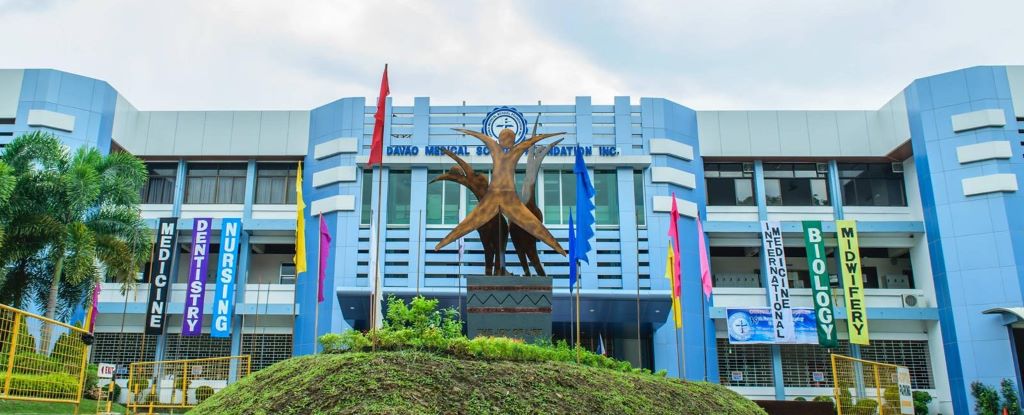
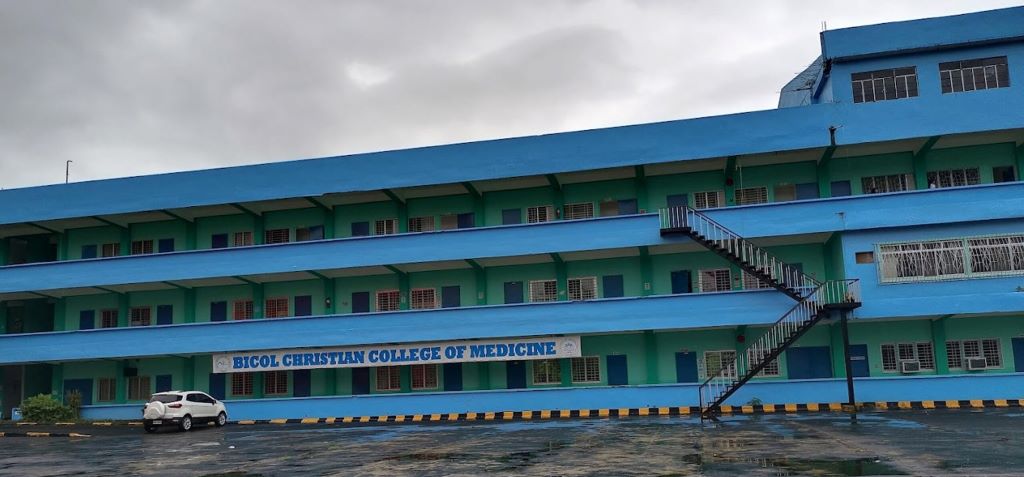

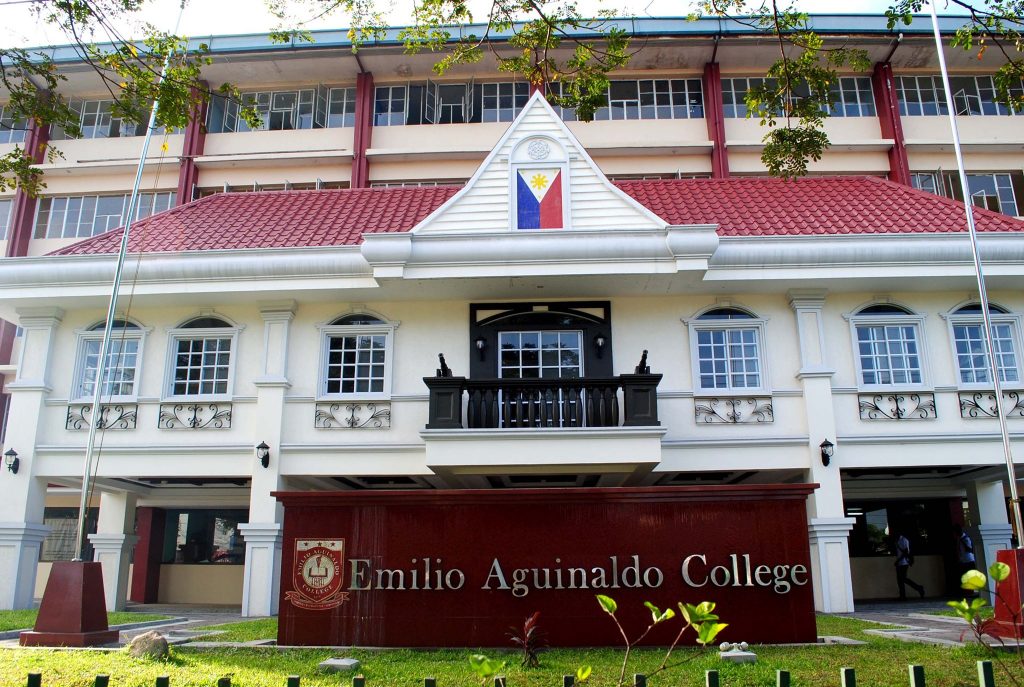




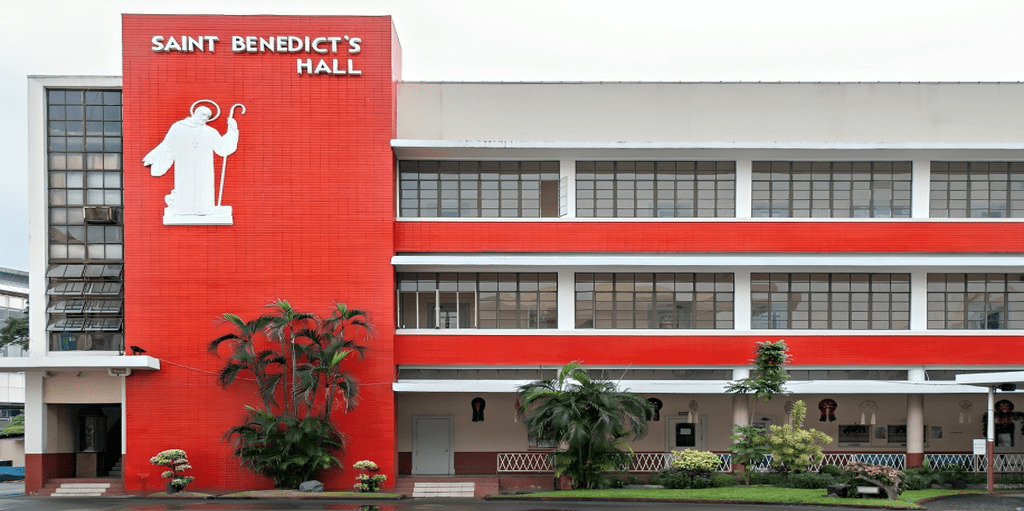


In order to be eligible for future registration in India, students must have a valid NEET score from the year of admission, according to NMC criteria. Students will not be able to take the FMGE/NExT after graduation if they do not have NEET.
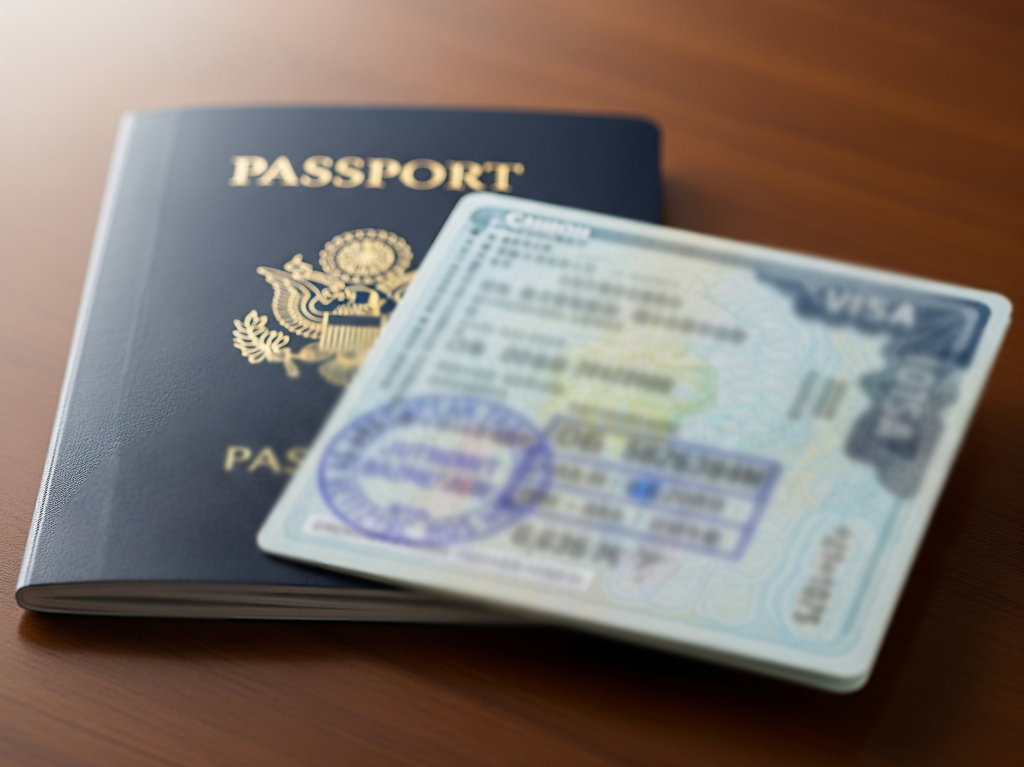

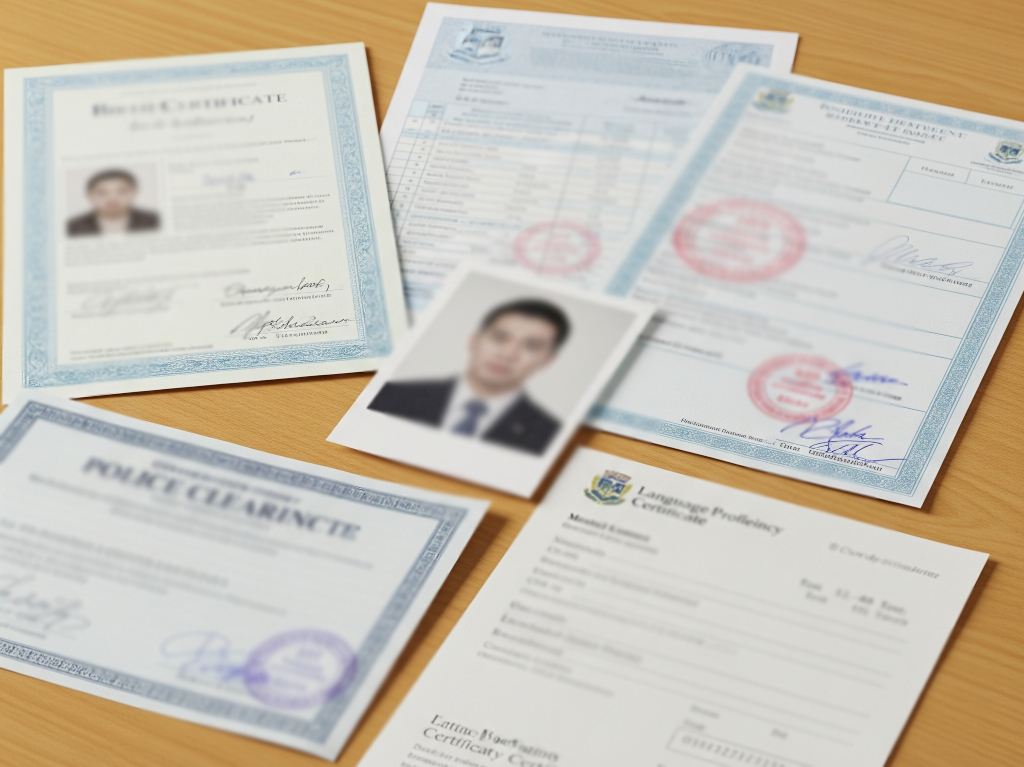
| University Name | City | Tuition Fee Last Year (USD) | Hostel Fees (₽) |
|---|---|---|---|
| Davao Medical School Foundation (DMSF) | Davao City | 5,100 | 2,880 |
| UV Gullas College of Medicine | Cebu City | 4,000–4,350 | 2,400 |
| Cebu Doctors’ University College of Medicine | Mandaue (Cebu) | 3,600–5,400 | - |
| Bicol Christian College of Medicine | Legazpi City | 3,000–3,200 | 1,500–2,000 |
| Emilio Aguinaldo College of Medicine (EAC) | Manila | 4,500–5,000 | 2,000–2,500 |
| Our Lady of Fatima University (OLFU) | Manila (QC/Val) | 5,200–5,500 | 2,000 |
| AMA School of Medicine (ASM) | Makati / Cavite | 4,500–5,000 | 1,800–2,400 |
| Lyceum Northwestern University | Dagupan City | 3,500–4,000 | 2,000 |
| San Beda College of Medicine | Manila | 3,900 | - |
WhatsApp us

Enter your basic information and let our knowledgeable counselors help you choose the ideal university!
Get Started
Before we can proceed, we need the basic details.